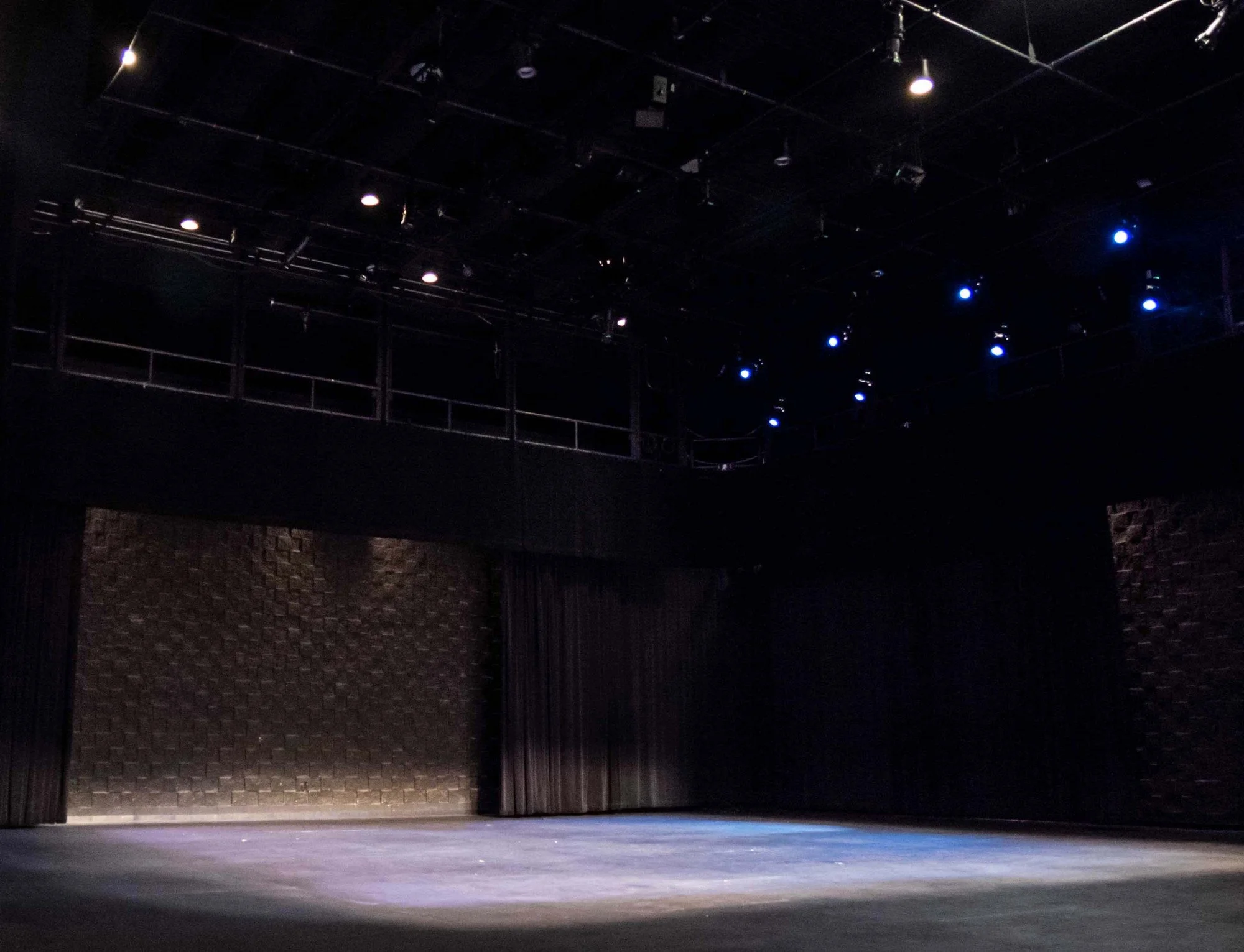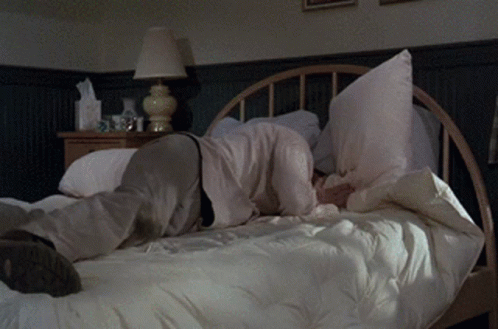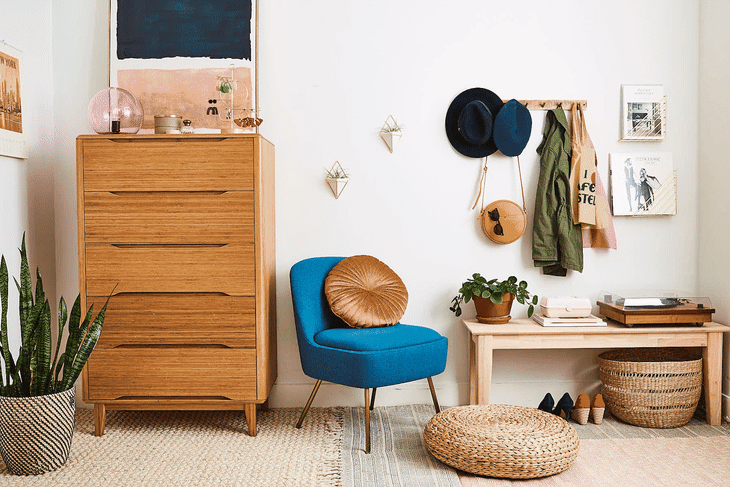Setting the Scene: How to Create a Powerful Ritual Space for Erotic Practice
Whether you're a rope top preparing for a breathtaking suspension, a tantrika crafting the perfect sensual container for your practice, or simply seeking more intentional intimacy, your environment plays a crucial role. The ritual space sets the tone, cues expectations for the scene, and acts as the container for the erotic energy that passes between you and your partners.
Intentional Intimacy Starts with… Intention
“Setting the scene” is about much more than tossing around rose petals or lighting a few candles—though both can certainly have their place. At its core, preparing your ritual space is about creating safety, calm, and sensuality—allowing the body, mind, and nervous system to soften into the experience.
Think of your space like a stage. A thoughtfully set stage prepares both the performers and audience for the story about to unfold.
On the other hand, a space cluttered with laundry, old takeout containers, or a framed photo of grandma? Not the best way to cultivate erotic energy.
Creating that intentional space doesn’t need to be expensive or time-consuming. What it does require is a bit of reflection on what sensory and emotional cues matter most for the type of experience you want to create. I’ve often written about the importance of tuning into the psychological, physiological, emotional, and spiritual elements of intimacy; putting effort into your container is an opportunity to reflect on what these components mean to you and how you’ll incorporate them into your practice.
Choosing the Backdrop
Start by selecting the primary space for your ritual. Ask yourself: What feeling am I trying to invoke? Do you want the room to feel like a powerful dungeon, a sacred temple, a lush boudoir, or a cozy den? Think expansively. Often, a few well-chosen props can shift the mood dramatically.
And don’t feel confined to the bedroom!
In fact, the bed is one of the worst places for involved scenes—it's too soft, unstable, and easy to fall off of mid-thrust or flog (I speak from multiple experiences).
Decide where the “main event” will happen. Lay down a clean, comfortable base—yoga mats, blankets, pillows, cushions—on a firm floor. This gives you more stability and alertness than a squishy bed, which is better saved for post-scene cuddles or rest.
You can also try spreading the scene across different areas or incorporating vertical movement—standing, sitting, lying down. One of my favorite improv games in college (I was that cool) was “High, Middle, Low,” where we explored all levels of space. Bring that dynamic into your scene: bondage in the dining room, spanking in the living room, sensory play in the kitchen, and a relaxing bath for aftercare.
Clear the Clutter
Before anything else: clean your space.
The more you calm your external environment, the easier it is to settle internally. If you can’t fully clear the room, at least organize it and hide distracting or stress-inducing items—especially anything tied to work or daily responsibilities (phones, laptops, dirty dishes, etc.).
Set the Stage
Let the decor reflect your intention. Light fabrics and flowing drapes create an airy or spiritual vibe. Dark wood or leather is grounding and intense. Natural elements like plants, flowers, or stones are inherently calming and actively suppress psychological and physiological stress (thanks, evolution).
If the space is large, consider confining your ritual to a cozy corner. Smaller spaces feel more contained, which reassures the nervous system. Imagine you’re creating a nest for a small, vulnerable animal— a bottom in subspace or a partner lost in the throes of an energy orgasm aren’t accessing the thinking parts of their minds like they do normally, a state known as ‘transient hypofrontality’ (transient as in it’s temporary, and hypofrontality meaning decreased activity in certain areas of the prefrontal cortices).
In short: the more you can reassure the lizard brain, the deeper and more profound the experience can be.
Lay out your ritual tools, toys, or props in clearly defined areas. If you’re moving through multiple types of play, group similar tools together—impact toys, sensory tools, etc. Not only is it practical, but it also supports safer play: no one wants to mix up their needleplay gloves with their root chakra massage gloves.
Pro tip: For partners you aren’t fluid-bonded with, give everyone their own “drop zone” for used tools—colored towels or cloths work great for this. Think wine charms, but hornier.
Lights!
Harsh overhead lighting? Mood killer. There’s a reason candles are an intimacy mainstay. Use votive candles in stable glass holders, and always keep them away from flammable materials; there are too many horror stories of decorative fabrics catching flame at the wrong moment (though, I have to wonder, is any moment the ‘right moment’ to burn your house down?).
Fairy lights or battery-powered candles offer a similar ambiance without the fear of open flame. However, candles often provide subtle scent as well. Natural beeswax is lovely on its own, but I also favor warm, natural scents like sandalwood, amber, or vanilla. Choose something that fits your space— just be sure to steer clear of anything too overpowering or distracting.
Sound Matters— More than you Think
Sound is powerful. I use music every day to intentionally shape my state of mind, and my scenes are no different. Even if you’re not someone who reacts deeply to music, it still affects mood, energy, and flow. Research shows that background music influences everything from how long someone stays in a store to how they perceive flavors. The same applies to your ritual space.
Consider the following classic scene from the opening of The Lion King. Notice how your brain instinctively associates the familiar visuals with music (and if you’ve never seen the movie, use your imagination… and I’m sorry for your loss). Next, notice how the emotional tone shifts when the same visuals are paired with drastically different music:
Beyond tonality, there are real physiological consequences to your choice of backing track. Upbeat, loud music activates the sympathetic nervous system (think: arousal, alertness), which is great for intense impact scenes and may heighten sensations, be they pleasurable or painful. For slower, sensual play, choose music that supports a parasympathetic response—slower rhythms, softer tones.
How I build playlists that match the arc of my scene:
Decide on the tone of the scene with your partner(s). Think movie genres: thriller, romance, action, comedy, mystery, drama… Western, if you’re into cowboys!
Begin with melodic tracks for warmup. I usually include about 20min of warmup for an hour-long scene.
Gradually build-up intensity and tempo. Does the music make you want to move? How?
Optionally, include a peak song to cue the climax (literally or figuratively)
Wind down to soft, grounding sounds for aftercare
Pro tip: Avoid lyrics when possible. Lyrics can hijack the scene’s emotional tone or distract from physical sensation. If I do include lyrical music, I think carefully about the emotional impact it’ll have at that point in the experience—especially when playing with new partners, or select music in a foreign language.
The benefit of a structured playlist? You’ll never have to check the clock again. The downside is it can lock you into a certain flow. There’s beauty in letting a scene evolve naturally; play around with music you wouldn’t normally choose, or set the scene to silence and focus on the sounds your bodies make in concert.
Final Touches
Before you begin, handle any remaining distractions:
Temperature: Slightly warm is ideal—comfortable when undressed but not stuffy. If your scene includes varied states of dress, err on the side of cooler.
Interruptions: Eliminate them. Turn off phones, secure pets, lock doors, and set clear boundaries with roommates, kids, or delivery people. Nothing yanks you out of a scene faster than the doorbell ringing mid-orgasm… or a curious dog licking places it shouldn’t.
And… Scene.
Now you’re ready. Whether you’re diving into a slow, sensual exploration, unleashing primal intensity, or blending both, your space is holding you.
Take a few grounding breaths. Tune in to the smells, sounds, and textures around you. This is your ritual, your creation, your container.
Treat your space with intention, and it will hold and amplify every drop of erotic energy you pour into it.
Questions? Comments? Want to share a photo of your ritual space? Submit a contact form and I may ask if you’d like to be featured in next month’s newsletter!





